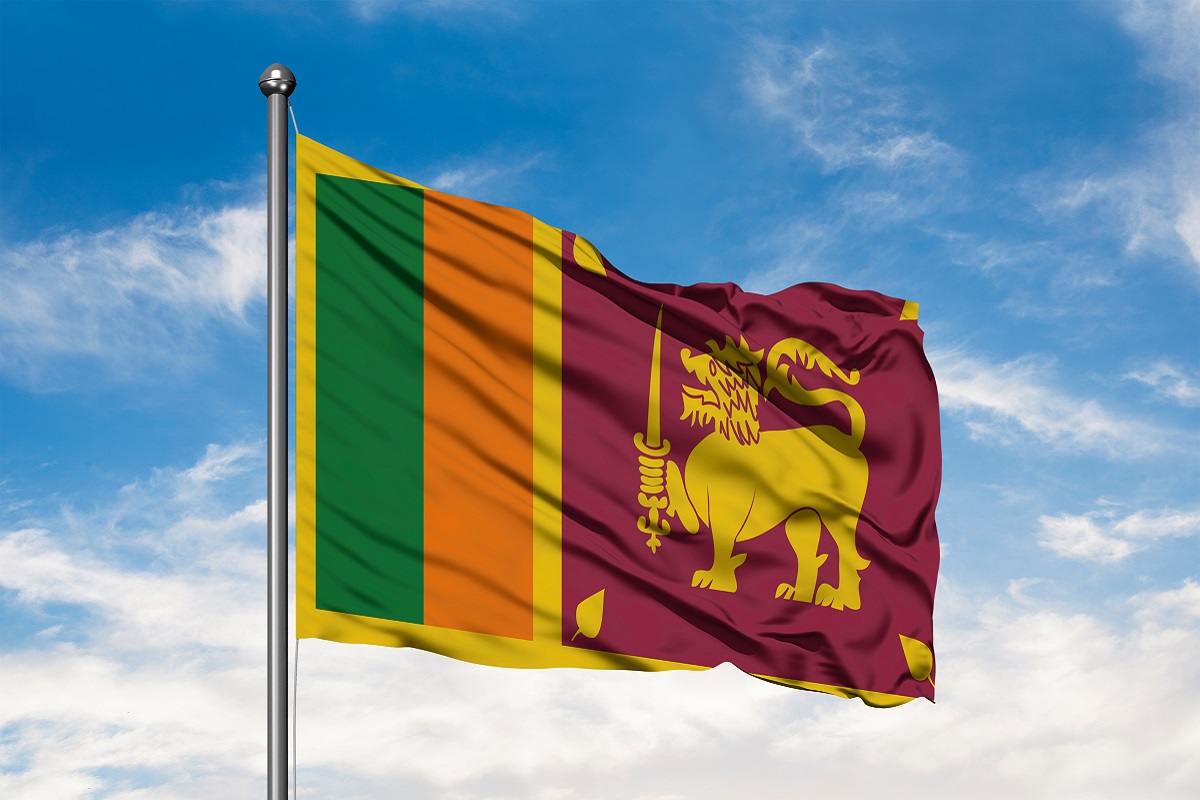As Sri Lanka inches toward a precarious economic recovery, its recent pact with creditor nations to restructure its debt marks a pivotal moment in a tumultuous financial saga. Struggling through its worst financial crisis in decades, the island nation’s journey from a default on foreign debt in May 2022 to an in-pri- nciple deal with creditors showcases the delicate bal- ance it navigates on the global economic stage. The International Monetary Fund (IMF) looms large in this narrative, its board set to review Sri Lanka’s bailout next month. The country’s efforts to secure restructur- ing deals with creditors, including an earlier agreement with the Export-Import Bank of China, play a crucial role in this unfolding drama. The in-principle deal cov- ers about $5.9 billion of outstanding public debt, em- phasising a strategic mix of long-term maturity exten- sion and a reduction in interest rates. Sri Lanka’s fin- ance ministry, while silent in response to the recent IMF statement, revealed that the deal involves a comp- rehensive approach. This approach, coupled with the country’s ability to stabilise its economy, rein in run- away inflation, and rebuild currency reserves since se- curing the IMF bailout in March, paints a picture of gradual recovery. The statistics underline the gravity of the situation. With external debt at $36.6 billion as of June, Sri Lanka aims to slash its overall debt by a subs- tantial $16.9 billion through the on-going restructuring efforts. The hoped-for $334 million from the IMF, part of a second tranche contingent on clearing the upcom- ing review, would offer a crucial lifeline.
However, the path ahead is riddled with challeng- es. Despite the positive movement in the bond market and a modest climb in the stock index, concerns linger. The muted stock market reaction suggests a cautious optimism, with investors possibly awaiting more con- crete signs of sustained recovery before fully commit- ting. The bond market, while showing signs of imp- rovement, remains a delicate indicator of investor sen- timent. Sri Lanka’s next steps, as outlined by the fin- ance ministry, involve striking deals with other bilater- al creditors and addressing the bulk of its internation- al sovereign bonds held by bondholders. The success of these negotiations will undoubtedly shape the coun- try’s economic landscape in the coming months. What is particularly noteworthy is Sri Lanka’s resilience in the face of a proposal by private creditors in October. The finance ministry’s rejection, citing “serious reser- vations” about the proposed macro-linked bonds, un- derscores a commitment to navigating its recovery on its terms. This assertiveness indicates a nation keenly aware of its economic priorities and determined to protect its interests amid complex negotiations.
Advertisement
As the IMF executive board gears up to review Sri Lanka’s bailout, the global community watches closely. The outcome will not only impact Sri Lanka’s immedi- ate financial future but will also serve as a case study in economic recovery for nations facing similar challeng- es. The delicate management of debt continues, and Sri Lanka’s ability to maintain this balance will deter- mine whether the nation emerges from the shadows of financial turmoil into the light of sustainable econom- ic revitalisation.









